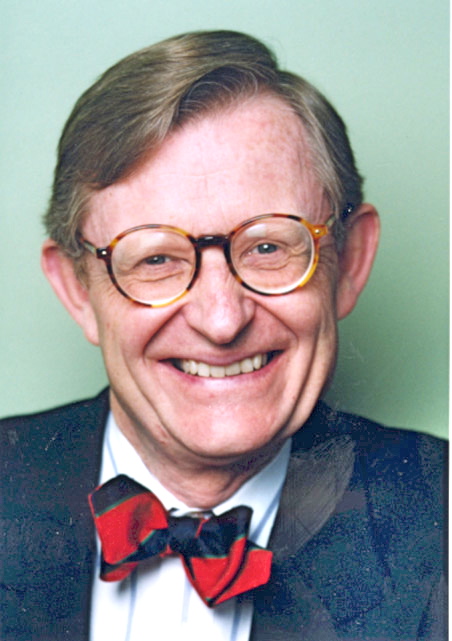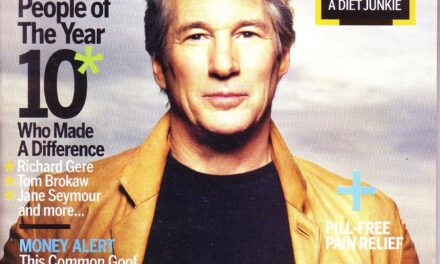Brown Weighing MMJ Regulations
On Saturday, Sept. 26, Jeffrey Hergenrather, MD, flew down to LAX to take part in the “State of Marijuana” forum in Santa Monica. The one-day event was organized by activist Susan Soares. Speakers included three of the politicians who drafted the package of bills known as the Marijuana Regulation and Safety Act, now sitting on Governor Jerry Brown’s desk. Brown has until October 11 to sign them into law.
There were also panels featuring doctors, lawyers and concentrate makers, and three sessions devoted to business: “Brand advice from top experts,” “Entrepreneur Pitch Session,” and “Economic Analysis of a Growing Industry.”
O’Shaughnessy’s asked Hergenrather his impressions on the ride back from OAK. This is an extract of his rap.
“The first session consisted of talks by three of the authors —Assemblymen Ken Cooley, Reggie Jones-Sawyer, and Jim Wood. There were critiques of the Act from people in the audience. There were concerns that by sundowning SB 420 [California’s current Medical Marijuana Program] the Act would result in patients not allowed to grow for their friends and family.”
Hergenrather, who lives and has an office in Sebastopol, was favorably impressed by Wood, whose district includes Sonoma County. The assemblyman said “the bill is still evolving” and invited Hergenrather to contact his office with any input or questions that might arise in the period ahead. Hergenrather stated his objection to a provision in the new Act that would ban felons from the cannabis industry —punishment for pioneers who have already been punished. Wood told him, “We may have wiggle room on that. We talked about it in committee but there was pushback” [presumably from Assemblyman Rob Bonta, the primary author, who represents Law Enforcement].
Hergenrather suggested to Wood that California medical schools be mandated to teach doctors-to-be about the endocannabinoid system and Cannabis-based medicine. Wood said that the legislature is not allowed to tell California educators what to include in the curriculum.
O’S: But couldn’t they make a recommendation? They’re recommending that the medical board go after “excessive recommenders.”
Hergenrather: Wood thought we were going to have to approach each medical school individually. Which may be true,
O’S: I think after one adds Cannabis Medicine, they all will. Everyone wants to be second. But then the fight will be over the content of the course. Are they going to teach the med students that nine percent of users get addicted as if that were some established truth? They have to —a 9% addiction rate is the basis for the whole treatment racket.
Hergenrather: Someone suggested that the state’s agricultural laws might enable people to grow. It might have been Tony Oliviera, the keynote speaker —a consultant in Sacramento who is also a farmer. According to Oliviera, as much as 80% of California cannabis production goes out of the state. He focused on fees, taxes and fines. Eight percent was mentioned as a flat rate for marijuana sales. Oliviera felt strongly that we shouldn’t allow local governments to add to the taxes imposed by the state. Fees may be added. Somebody said “fees are another word for taxes.”
Someone objected to medicine being taxed and basically the answer was “Sorry.”
Someone said that raising fees in California would boost exporting out-of-state. Everyone recognizes that’s a risk and apparently law enforcement is okay with it. More activity for them.
The next panel dealt with legalization, “Preparing for 2016.” Amanda Reiman pointed out that although marijuana possession has been reduced to an infraction in California, racial disparities continue, with African Americans getting cited at three and four times the rate of whites in Los Angeles and Oakland.
Fiona Ma, a member of the State Board of Equalization, is trying to get a bank set up for the Board of Equalization so they can receive funds electronically. She was very sharp. She said it was “maddening and unAmerican” that banks and credit unions aren’t serving the industry.
It sounded like the mom and pops who are growing marijuana for medical use are going to be phased out.
If you’re compliant with these regulations, it will give you some kind of foot in the door when legalization happens in 2016.
Jeff Raber, who runs the Werc Shop lab, urged the drafters to pay careful attention to definitions. For example, “volatile solvent” means different things in different contexts.
It is unclear who is setting the standards on regulations around driving. The blood level of alcohol is measurable and we know that 0.8 implies a certain level of impairment and if we lowered it to 0.4 there would be less impaired driving and fewer accidents. But cannabinoid levels don’t reflect impairment.
Hergenrather moderated the medical panel. He said that the discovery of the endocannabinoid system was “the biggest thing by far since Watson and Crick” (who described the DNA molecule s a double helix). Cannabis-based medicine is underutilized because doctors are still uncomfortable dealing with it. Education the key.
Researcher Justin Kander asked the docs which articles in the medical literature they cited to show the validity of cannabis-based medicine. The papers they mentioned in response are listed here, thanks to Kander, who sent us the links.
Tracy Ryan, mother of a little girl whose brain tumor was shrunk by CBD-rich oil (and Tamoxifen), has started Cannakids, a facebook group that has been contacted by hundreds of parents using cannabinoids to treat their seriously ill children, and thousands who are considering it.
Hergenrather did not attend the legal or business-oriented panels.
Assemblyman Rob Bonta did not attend the Santa Monica forum at all. It was Bonta who drafted the original bill —on behalf of Law Enforcement and the League of Cities— which other legislators supplemented and modified and which now awaits the governor’s approval. Bear in mind that Law Enforcement adamantly opposed Prop 215 when California voters legalized marijuana for medical use in 1996. None of their dire warnings panned out, of course; there has been no spike in schizophrenia rates, driving fatalities,use by teenagers, etc. But the opposition from Law Enforcement has not let up over the years. Their union leaders —lobbyists and flacks, actually— recognize that the genie’s head is out of the bottle, so their strategy now is to press down on her shoulders and get funded to do so. This funding would not be possible unless marijuana is considered to be a very dangerous substance.
On September 24 Bonta published an op-ed in the Oakland Tribune entitled “Governor Brown Must Sign the Package of Medical Marijuana Bills.”
• California can no longer ignore an industry that has operated for nearly 20 years with no testing standards, little enforcement, environmental neglect and no tools to combat drugged driving.
• With this legislation, known as Marijuana Regulation and Safety Act, the Wild West of the medical marijuana industry will be reined in, benefiting all of California. Patients will have more assurances that their products are safe. Law enforcement will have a foundation for identifying drugged drivers and increased funding to protect the public.
• This is the comprehensive regulatory framework that California has been in desperate need of for almost 20 years.
• To ensure patient access, protect the environment and improve public safety and health, I urge Gov. Brown to sign the Medical Marijuana Regulation and Safety Act.
If Brown signs, the Act will take effect in January, 2017 —and so will the about-to-be-filed legalization initiative that has a good chance of passing in November. The ballot initiative will supersede some of the legislators’ handiwork, as explained here by Dale Gieringer, the director of California NORML who has been heavily involved in the Coalition for Cannabis Policy Reform.




